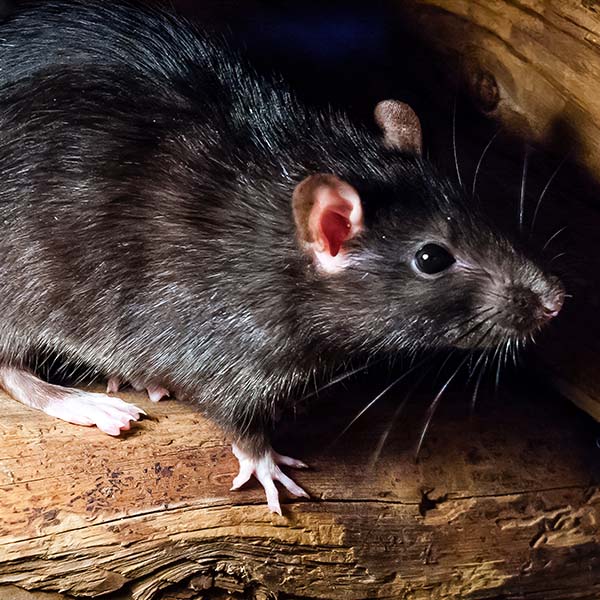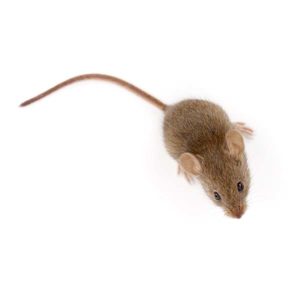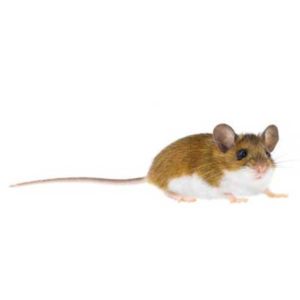Description
| Size | 10-12 in. |
| Color | Black or brown |
| Body Structure | Slender body with smooth fur, large eyes and ears, and a pointed snout. |
| Characteristics | Roof rats reach maturity at 4 months and can produce 4-6 litters of offspring each year. The average lifespan of a roof rat is 12 months. They also are characterized by their social hierarchy, where dominant males breed more frequently and subordinates are relegated to scavenging for food. |
| Habitat & Behavior | As the name implies, roof rats tend to nest above the ground in spots ranging from trees to roofs and attics. Roof rats are stellar climbers. Omnivorous, roof rats will eat any food that is readily available, although they prefer nuts, grains, and berries. They also are food hoarders, scavenging for food and then storing much more than they can eat in a single feeding. |
| Prevention & Treatment | To prevent roof rats from entering your home, make sure cracks are sealed and that window screens are in a proper state of repair. Trimming back tree limbs so that they are not touching your home also may prevent roof rats from invading. Because roof rats are disease-carrying pests, you should exercise caution if you suspect an infestation. Although traditional traps may be effective in catching a few of the vermin, a larger infestation may lurk. Likewise, poisonous rat bait should be administered with caution as rats are prone to spread bait around, meaning that your family and pets may come in contact with the rat poison. It is strongly suggested that you contact a pest control professional first if you suspect a roof rat infestation. Find out more about rodent treatment options. |



